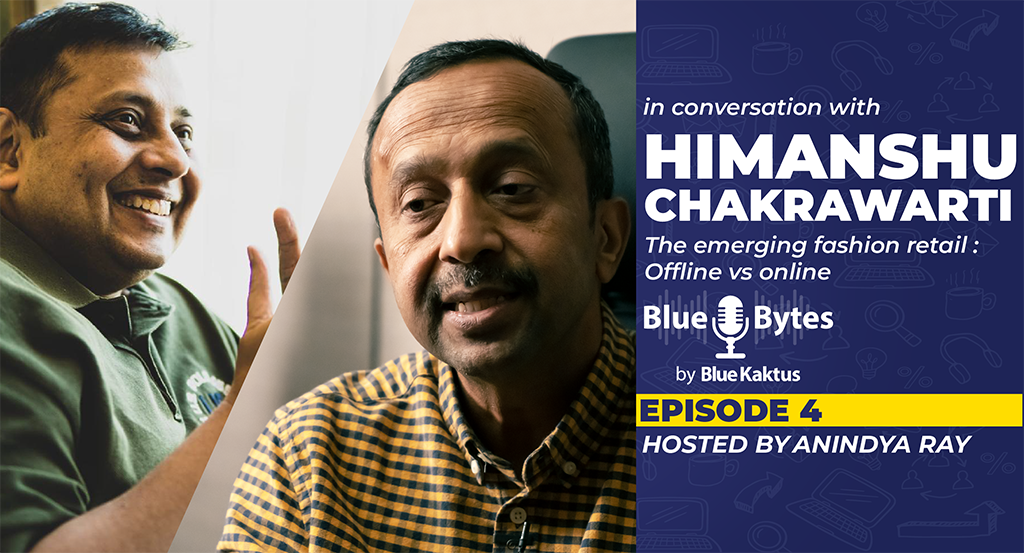As a newcomer in the industry, I recall being astonished and flabbergasted during one of my trips to a French store. The store carried two floors of nothing but “Ripped Jeans”.
I was shocked and asked my friend how the store had been able to source so many second-hand jeans. Only later, I was made to understand that clothing manufacturers had started producing new jeans with holes in them as part of their product line. In this way, they had turned dissent into a marketable fashion statement.
Then one evening in one of the English Pubs, I saw a pinup of British soccer star David Beckham, perhaps the world's most famous sports figure. His annual income, as I estimated, must be in the region of $25 million.

The picture had him wearing a white T-shirt and a pair of designer jeans, carefully torn at the left knee, with a loose thread hanging down.
This hint at rags is a fashion, or affectation, that I find offensive. It is an insult to all those who must wear clothes with holes in them for lack of better ones: of whom, sadly, there are still many millions in the world.
When I think back to the heroic efforts, I have witnessed of poor Africans to make themselves clean, smart, and tidy for special occasions—efforts that filled me with admiration—I feel a visceral anger at this frivolous assumption of false poverty by people who have never had to wear rags in their lives.
Once, only in history, Marie Antoinette played at being a shepherdess; now, it is a mass phenomenon.
After Gen-Z decreed the end of the skinny jeans in favor of more comfortable and loose silhouettes, a new trend resurfaces as fashion moves towards more stripped and cool looks—ripped jeans. Whether with a small tear close to the knee or bolder cutouts, the trend has already become a favorite of influencers and celebs who want to create chic street-style ensembles.
The world of fashion is often baffling to the ordinary person. And every so often a trend comes along which seems utterly ridiculous yet catches on. Take the current obsession with ripped jeans.

The first pair of jeans were designed in the late 1870s by Loeb Strauss, a German businessman who changed his name to Levi and founded the denim brand.
Using a twilled cotton cloth, he created a durable trouser that would suit the working man. Indigo — a dye extracted from an Indian plant — was used to turn them a dark blue, which was thought to be more practical for the working environment.
The ‘ripped’ trend came later, emerging in the cultural punk movement of the Seventies.
The rips signified rebellion: early punks tore apart consumer goods as an expression of their anger towards society, and denim became a key part of this political statement.
Cue in the 1970s, a period of cultural angst and youthful rebellion, which was memorialized in popular music.
Johnny Rotten, known as the father of British punk, helped build a counterculture that rejected the conservative and restrictive mores of Margaret Thatcher’s Britain.
The first punks were highly influential on fashion, tearing jackets into vests by removing their arms and pinning slogans onto their pants and tee shirts. Comfortable and purposefully nonprofessional denim became the punk’s material of choice. Distressing their denim, especially common products like skinny light blue jeans, was a symbol of their vows to deconstruct Britain’s conservative ideology.
So, what is distressing denim?
Any denim product with tears, holes, frays and other apparent signs of damage can be called distressed. In North America’s late 1970s, such style was taken from British punk and adapted to American youth’s desire for rebellion. From Iggy pop to early 1990s Kurt Cobain, distressed denim stayed popular as a comfortable but stylish way to state your allegiance to a worldwide punk mentality.

As the years passed, in the new millennium, distressed denim has all but lost its exclusively punk associations and is now simply a great fashion statement, especially now that you can find brand new jeans designed with a distressed, worn appearance.
In today’s fashion world, contrast is popular, so pairing neatly tailored tops like polo shirts or blazers with distressed light blue jeans makes you look fashion savvy and versatile, able to be both friend and relaxed at once.
I have seen models, film stars, flaunting their distressed jeans. The question which comes to mind is do these people who affect torn clothes want to be taken for poor? A vocation for actual poverty is quite uncommon. Do they imagine instead that they are expressing solidarity with the poor by wearing pants with holes? At the very least, the assumption of torn clothes suggests an inchoate idea, or complex of ideas, about poverty and the poor.
Does it imply residual guilt at not being impoverished, at being rich enough to afford clothes without holes? Yet why should anyone feel guilty about being rich, unless his wealth were ill-gotten? Today, though, as a result of cultural indoctrination, many people, particularly the young, believe that all wealth is fundamentally ill-gotten.
On this view, one can only accumulate wealth at someone else's expense. Therefore, if you wear untorn clothes, you in effect are condemning someone else to wear rags, for one man's wealth is another man's poverty. Best, then, to side (symbolically at least) with the wretched of the earth by wearing rags.
Of course, jeans with pre-torn holes are often pricier than jeans without.
No doubt, laborers toil somewhere in the Third World to produce these carefully ripped garments. It is an irony that a taste for symbolic poverty employs people who might have to wear real rags.
But the idea behind the affectation—those economies are zero-sum games, that my wealth is your poverty, and vice versa—has done incalculable harm, far greater than any slight economic benefit that it might have brought to the tearers of jeans. One could say that a high proportion of the twentieth century's catastrophes resulted from this fundamentally stupid notion.

Gestures are important, of course; those of solidarity and compassion may bring relief, even without material benefit. But cheap, thoughtless, or condescending gestures may enrage. Rich people do poor people no favor by wearing rags, even by famous designers.
I am yet trying to analyze the appeal.
Is it the anti-fashion nature of the garment?
The contrast factor of wearing something ripped or distressed alongside something pristine.
Or do they make the wearer feel tough?
Or young?
Nostalgic?
Possible all above, but if I think about it, it is current Fashion.
RELATED TOPICS:#Apparel,Sanjay Lal
Leave a comment
Our email address will not be published. Required fields are marked *







2 Comments
Maj Gen RanvirDec 25, 2021 at 06:25 am
Very interesting n informative article..Well done Sanjay... I suppose this trend to look poor makes a larger carbon foot print n thus makes Earth poorer
Anurag PrasharDec 25, 2021 at 00:54 am
This is new knowledge for me. Thanks for making it so interesting. Wondering if I should buy a torn jeans at 60!